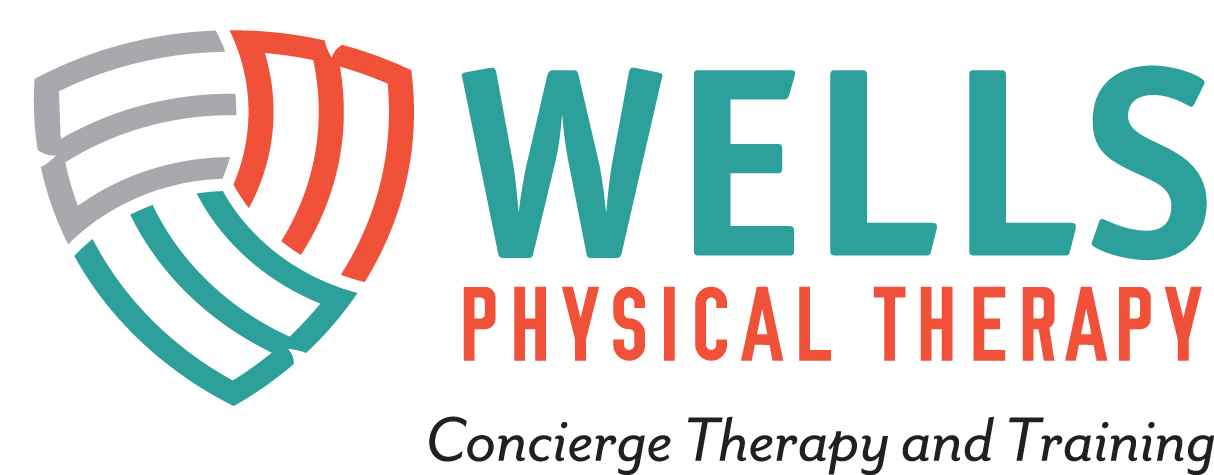Plant-Based Diet: Weight Loss and Arthritis Hope?
By Dr. Sean Wells, DPT, PT, OCS, ATC/L, CSCS, NSCA-CPT, CNPT, Cert-DN
A recent study published in Obesity Science and Practice shows promise for those wanting to lose weight, improve their metabolic status, and possibly reduce arthritis symptoms: all with dietary changes. The researchers examined 244 overweight individuals for 16 weeks. The participants were randomly assigned to either a low fat plant-based diet or a control group that made no dietary changes. Both groups looked identical at the beginning of the study with similar body composition measures, insulin metrics, and self-reported advanced-glycation end-products consumption (AGEs).
After the 16 week intervention, the subjects in the plant-based group noted a significant reduction in body mass of 14 lbs compared to the 1 lb weight loss in the control group. Researchers noted that the plant-based group saw a significant reduction in fat mass, notably visceral fat. Another major finding from the study was that AGEs were reduced by 79% in the plant-based group, while they only went down 15% in the control group.
This study is significant to patients in that several physical therapy clinical practice guidelines (CPGs) ask physical therapists (PTs) to discuss weight loss to improve several common conditions. One such condition would be hip arthritis (OA), which patients commonly present with hip pain and obesity. Obesity increases systemic inflammation due to metabolic factors and inflammatory compounds released by fat cells. Moreover, obesity does increase and alters the loading of the hips and other joints, which may also contribute further to arthritis. Reducing body fat, as seen in this specific study using a plant-based diet, would significantly help patients with hip OA. Despite all of these benefits and guidelines, many traditional insurance-based physical therapist never breach the subject of weight loss or nutrition. Our practice is different and our Wells Physical Therapy team can help you lose weight.
Another finding from this study was that patients in the plant based group reduced their consumption of certain aging and arthritis-promoting compounds called AGEs. When people eat foods high in AGEs they can see their arthritis flare, noting significant increases in joint pain, inflammation, and stiffness. AGEs are linked with interrupting joint collagen synthesis, inflammation, and metabolic dysfunction. These compounds are formed during cooking, typically with meat over high heat and with sugar (think barbeque ribs as the worse). Reducing foods, particularly meat, that contribute to AGE intake will further help reduce inflammation and pain for patients with arthritis. A plant-based diet, which predominantly focuses on reducing animal products and processed foods, would be an ideal diet to reduce AGEs in our PT patients. Our PTs can help guide you to foods that will help you reduce pain, inflammation, and overall health.
Interestingly the findings from this study seem amazing but are not surprising to me and the PTs that work with me. For years we have seen the positive benefits of a plant-based diet for our patients with arthritic, cardiac, and diabetic conditions. We have seen patients lose weight, get stronger with our exercises, and reduce their joint pain and inflammation.
Call us today and schedule an evaluation with one of our skilled Doctors of Physical Therapy: 904-568-1156
Disclaimer: The above article is written as an opinion piece and does not convey specific legal, medical, and/or practice act advice.











